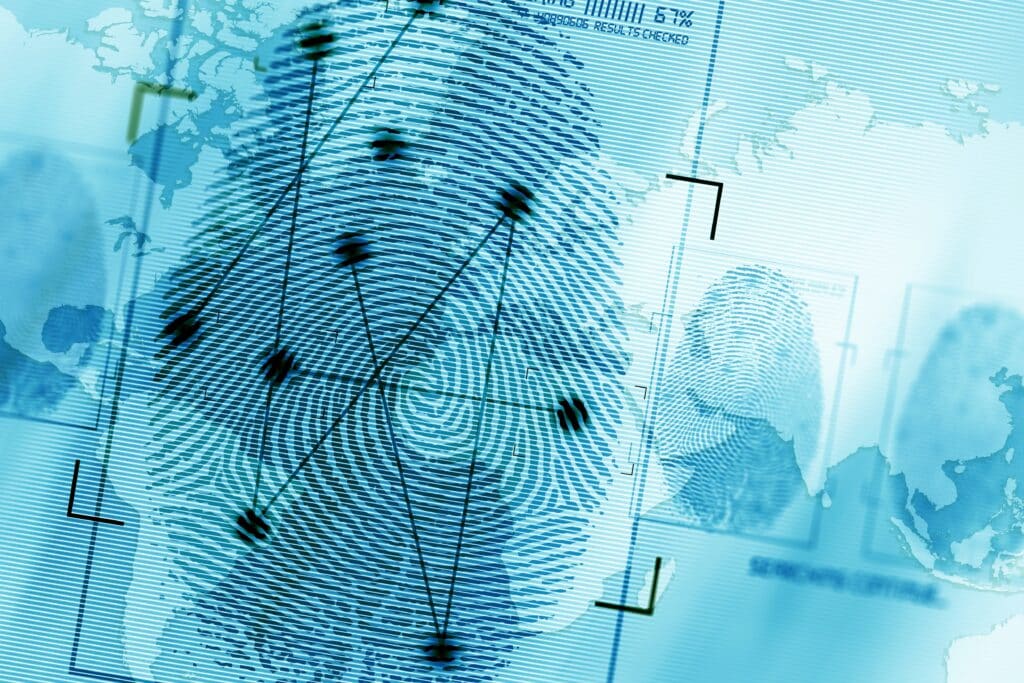Innovatrics brings ACE-V methodology to its ABIS

Innovatrics is bringing new updatess to its Automated Biometric Identification System (ABIS) for law enforcement agencies.
The forensics and biometrics company has introduced the ACE-V methodology (Analysis, Comparison, Evaluation, and Verification), a forensic process used mostly in fingerprint and latent print examination that ensures identifications are systematic, repeatable and scientifically validated. The process helps law enforcement officers prepare cases for courts and maintain compliance with forensic standards.
“With it, multiple forensic examiners are able to review different examinations independently, or tag examinations with the appropriate status,” the company says in a release. “This keeps the entire process well-documented and also increases transparency.”
The company has also laid out how its ABIS technology captures and matches latent fingerprints with the help of AI-driven systems.
Innovatrics has created the ForenScope device, which relies on light filters to reveal hidden fingerprints and digitally capture them for analysis without traditional powder and tape lifting methods. The device also ensures any DNA evidence is preserved in the process.
Innovatrics’ latent fingerprint matching algorithm is ranked first in the NIST ELFT benchmark. The firm also relies on AI and machine learning to improve accuracy, speed and reliability by learning from vast datasets and refining their recognition capabilities over time.
“Unlike static algorithms, machine learning models evolve based on real-world inputs, increasing their effectiveness in identifying difficult or degraded prints,” the company explains.
Innovatrics also says its ABIS reduces this risk by cross-referencing multiple fingerprint characteristics rather than relying on single-point comparisons. It analyzes ridge structures, pore distributions and other micro-details to increase the accuracy of fingerprint verification.
AI also enables more efficient searches across criminal databases by scanning and comparing latent fingerprints against large datasets and ranking potential matches based on probability scores, the firm says.
Article Topics
ABIS | biometric identification | biometrics | criminal ID | fingerprint biometrics | forensics | Innovatrics






Comments